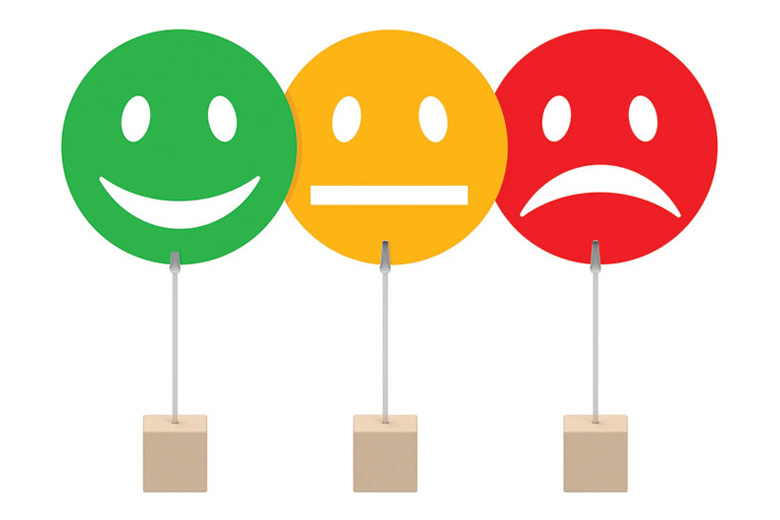Recording Quantitative Data
 |
| Image Source |
Biodata:
To gather comparable numbers, I plan to record the participants' heart rate and blood pressure before and after exposure to a VR environment. Both of these values are found to be possible indicators of stress, given that factors like strenuous activity aren't involved. I plan to use the photoplethysmogram on my phone for measuring heart rate variability, and an electronic blood pressure monitor for measuring blood pressure.
I also wanted to use a survey style that measured current anxiety levels, to get another layer of data. Since most of the valid questionnaires I found are meant for diagnosing anxiety, I decided to create my own Likert scale. In a Likert Scale, "respondents specify their level of agreement to a statement," and it is "the most widely used scale in survey research."
 |
| It's similar to the smiley-face pain ranking scale you sometimes see at the doctors' office (Image Source) |
 |
| Example of a one-question Likert scale (Image Source) |
My research question is unipolar, meaning that it focuses on the absence or presence of one item, rather than a balance of two qualities; In my case, it was the degree of presence of stress/anxiety. Research suggests that a 5-point scale is best for obtaining accurate results with a unipolar research question, so that's what I did. Here is what my survey looks like:
Hopefully these methods will give me a simple yet effective way to measure the vague concept of anxiety. Check back next week for more progress!

Do you know what you are going to play in the VR system to make the participants anxious yet?
ReplyDeleteThe aim is to make them less anxious. (Aside from being a generally rude thing to do) Making them anxious would require too much paperwork. I talk about environment selection in my next post!
DeleteGreat job identifying and utilizing quantitative tools that have already been validated.
ReplyDelete